Deliverables on Overhead
Recent deliverables on distribution overhead assets are highlighted below.
2021

Design and Performance of Overhead Structures: Test Framework and Results
Designing structures to avoid issues caused by these outage causes could help utilities improve future reliability and resiliency metrics and overall quality of service. The objective of this research is to develop performance parameters that can help utilities better understand the implications of one structure design versus another. This research is also applying these test approaches to example structures to begin collecting performance data that utilities could use when making design decisions.
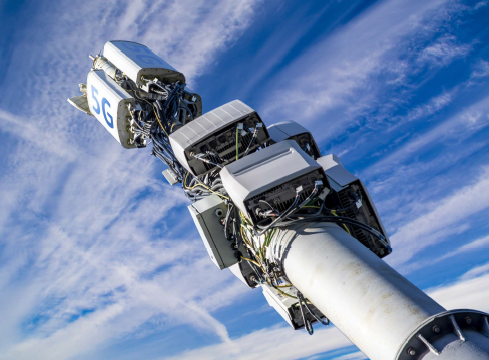
Impacts of 5G Attachments on Overhead Structure Reliability
Overhead distribution structures have historically provided a means of supporting communication infrastructure, including telephone lines, cable, and internet. The presence of telecom or ‘third-party’ attachments have created structural challenges for utilities when trying to meet and maintain NESC-defined pole loading criteria. However, these attachments are generally placed below electrical power distribution infrastructure in the ‘communications space’ where they pose minimal interference with the electrical performance of the distribution system.
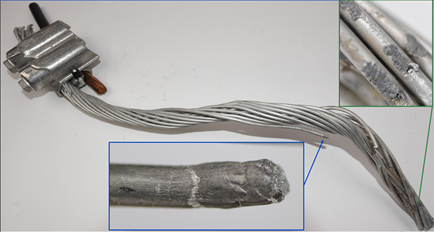
Overhead Connector Performance Testing: 2021 Update
Utilities use a vast number of overhead distribution connectors for various applications that feature many different designs and materials. While some connectors have long service lives with no issues, some fail after a short time, leading to reliability and safety issues. Connectors that corrode or have poor electrical contact will heat, degrading the connector and leading to subsequent release of the conductor.
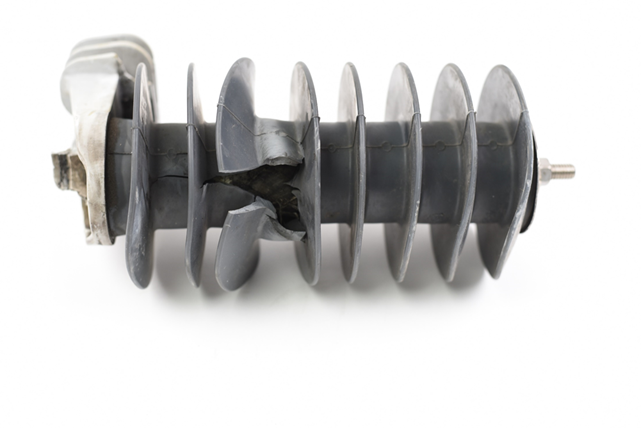
Evaluation and Application of Surge Arresters for Overhead Distribution Systems
In 2020 and 2021, the research investigated the performance of multiple distribution surge arrester subjected to a novel test exposing it to 115°C steam while energized. This multi-stress test examines the arrester’s propensity for thermal runaway by monitoring watts loss as well as susceptibility to moisture ingress. Additionally, a utility submitted two surge arresters for failure analysis; the units failed in service after two years. The results of those analyses are reported upon herein.
Finally, EPRI hosted a frequently asked questions forum to answer questions regarding the specification, application, and installation of surge arresters. The questions and answers are documented in this report.
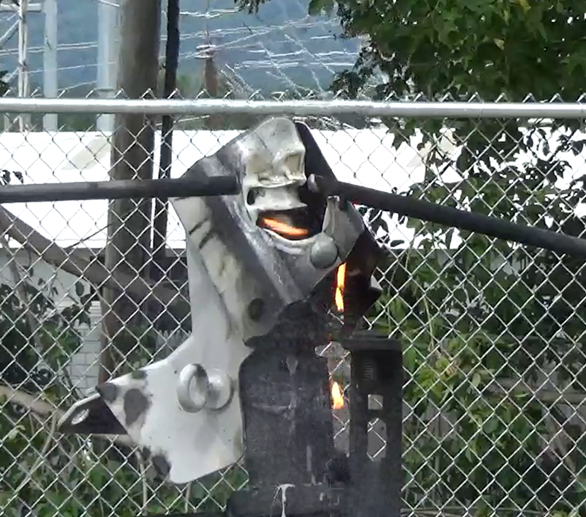
Design and Application of Wildlife Guards to Promote Reliability: 2021 Update
EPRI conducted testing and analyses of many bushing type wildlife guards, including material analyses, arcing exposure response, dielectric puncture strength, aging tests, and tests of incorrect installation. Material analyses identified the base polymers and key ingredients included within the different guards, including flame retardants, UV inhibitors, and antioxidants. Arc testing examined the flammability and durability of wildlife guards subjected to a flashover that might be experienced on distribution systems. Dielectric puncture strength investigated the ability of the wildlife guard materials to withstand full voltage application across the polymer alone.
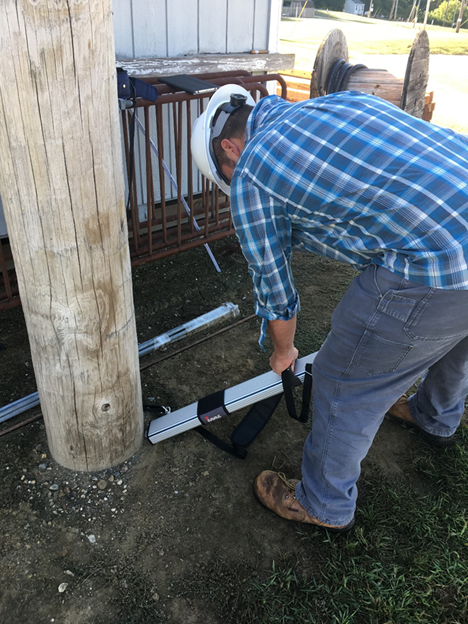
Evaluation of Pole Inspection Technologies: 2021 Update
The objective of this research project is to identify and test alternative wood pole inspection technologies that could enhance utility wood pole inspection programs. From 2019 to 2021, utilities have provided wood poles for inspection technology demonstrations and subsequent remaining strength tests. This study examined the effectiveness of the Vonaq CXI-PT5500 and IML Resistograph by using the tools on wood poles and then measuring the actual remaining strength through destructive testing. Overall, the IML Resistograph was effective at identifying groundline decay and cavities, though many pole failures occurred above groundline during testing. The limited data collected using the Vonaq tool suggests the device has merit in estimating remaining strength, though there were some challenges with implementation.
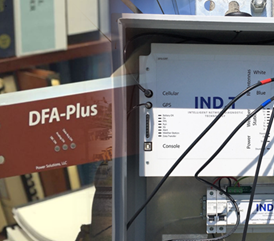
Online Condition Monitoring of Overhead Systems
One nascent overhead distribution inspection approach is to deploy monitors that are capable of detecting and reporting incipient faults and partial discharges. Available technologies can provide enough information to help identify the type of defect, that is, broken conductor strands or internal transformer degradation. These monitors can also be deployed as a mesh network to help locate degrading assets.
The potential benefit of these devices is that they provide situational awareness to utilities, reducing the need for inspections and identifying problems that may not be visually apparent before failure occurs. However, there is also a risk that issues that do not require imminent repair or replacement will also be identified, causing utilities to spend O&M budgets on nonessential repairs. The Electric Power Research Institute (EPRI) is planning to evaluate the effectiveness of these technologies in a laboratory setting, document pilot demonstrations, and provide utility support through failure analysis to help utilities associate electrical signatures with failure modes.
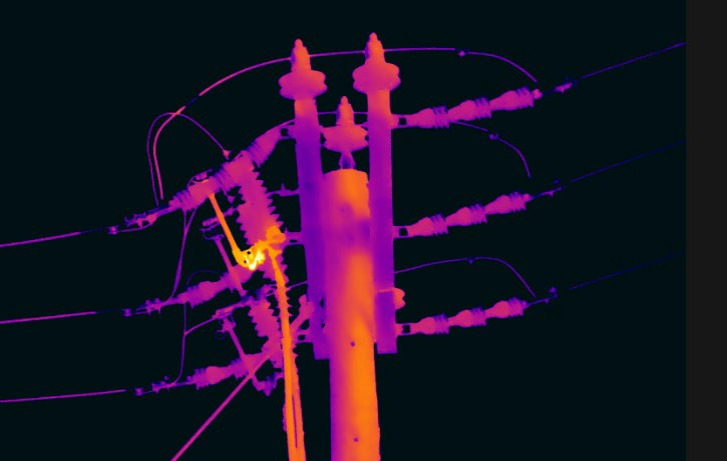
Overhead Distribution Infrared Inspection Guidebook: 2021 Update
This guidebook presents a comprehensive review of infrared inspection on distribution systems. This work first provides a background on infrared science and technology to help educate new engineers or technicians and to elucidate the camera selection process. Inspection programs are discussed in terms of structure, and cost avoidance calculations are addressed. Training and certification are reviewed, as well as severity criteria options. Targeted lab tests were performed to study the thermal characteristics of various distribution components to determine normal and abnormal operating temperatures.
See 2020 deliverables here.